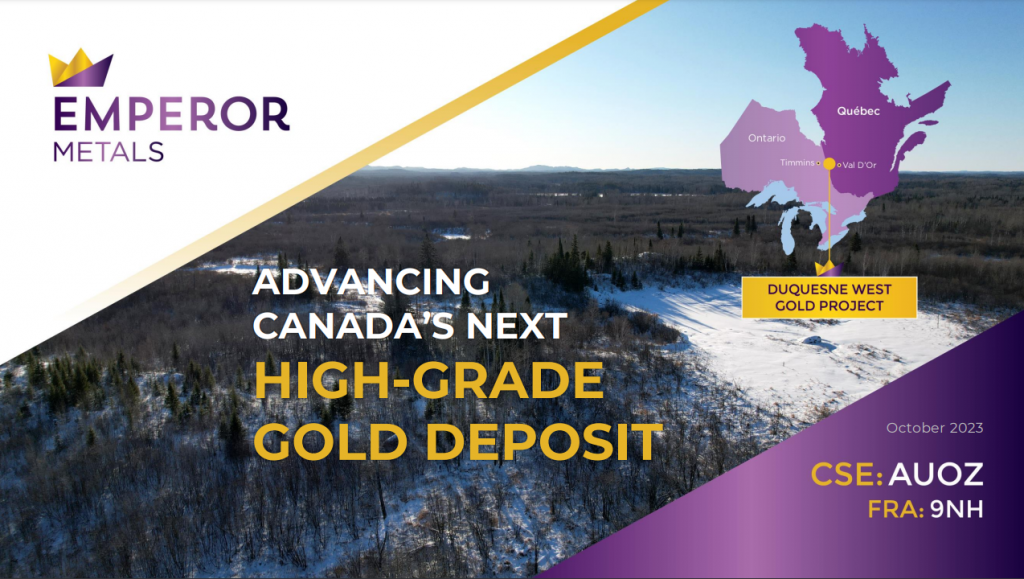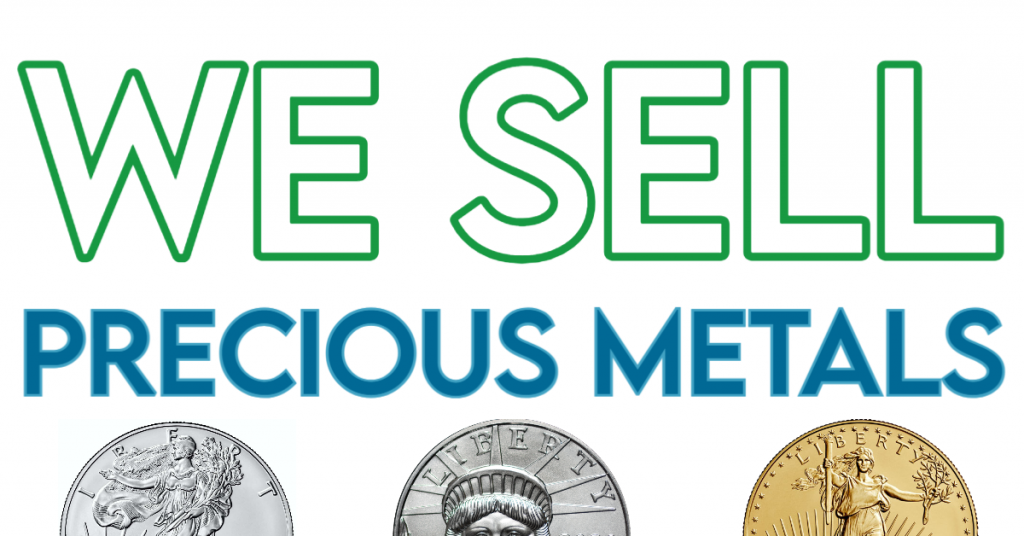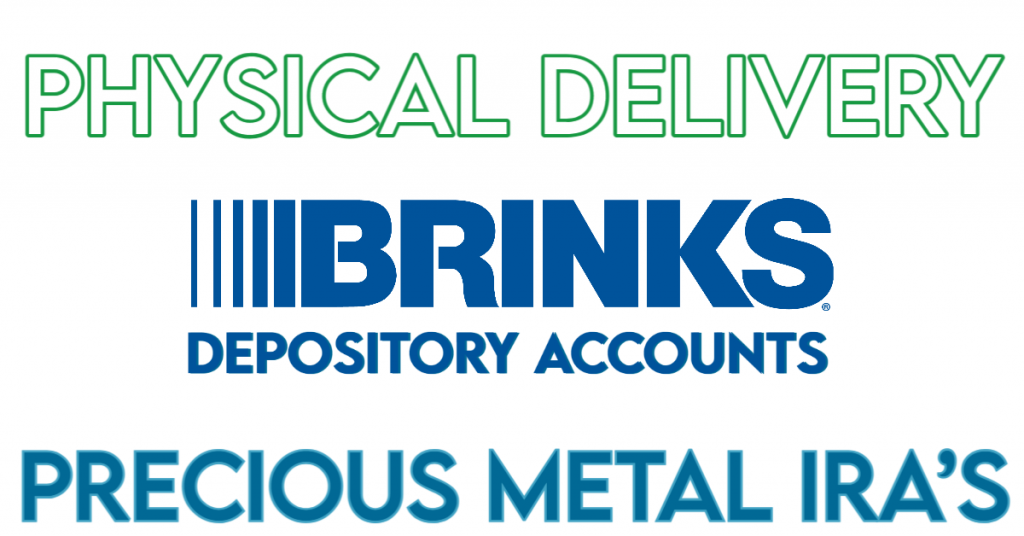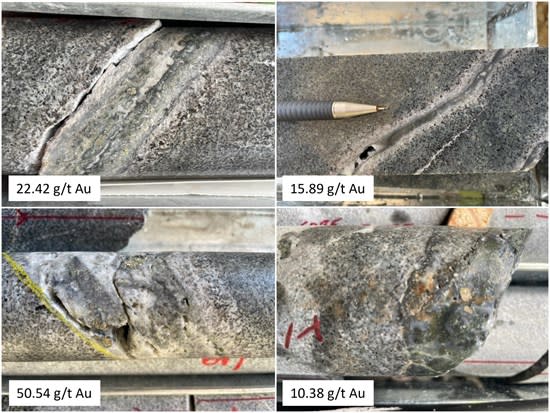Vancouver, British Columbia–(Newsfile Corp. – November 2, 2023) – Goldshore Resources Inc. (TSXV: GSHR) (OTCQB: GSHRF) (FSE: 8X00) (“Goldshore” or the “Company“) is pleased to announce a non-brokered private placement (the “Private Placement“), for aggregate gross proceeds of $3,750,000. In connection with Private Placement, the Company will issue the following securities (the “Offered Securities“):
(i) 37,500,000 units of the Company (“Units“) at a price of $0.10 per Unit. Each Unit consists of one common share (each, a “Common Share“) and one common share purchase warrant (each whole warrant, a “Warrant“); and
(ii) Each Warrant will entitle the holder thereof to purchase one Common Share (a “Warrant Share“) at an exercise price of $0.13 per Warrant Share for thirty-six (36) months from the date of closing.
Fully Funded Through 2025
The net proceeds from the Private Placement will be used to continue to advance the Moss Gold Project through development of a new resource model and a new mineral resource estimation (“MRE“); in addition to continuing the engineering and metallurgical studies being done on various leach methodologies (including heap leach) and ultimately factoring this new information into a preliminary economic assessment (“PEA“). With 80,000 meters of drilling completed and $48 million spent directly in the ground defining the current MRE; Goldshore is well positioned to achieve meaningful project milestones over the next 24 months with minimal cash expenditures and within the net proceeds and current cash balances of the Company.
Strategic Partnership
The Company announces that it has engaged with a strategic natural resources private capital group (the “Strategic Advisor“) participating, in aggregate, in the Private Placement for $3,000,000 or 30,000,000 Units, with a long-term financial commitment to unlocking the value of the Moss Gold Project and delivering increased return to all stakeholders.
Board Changes
The Company also announces that Michael Michaud has stepped down from the Board as an appointee of Wesdome Gold Mines Ltd. (“Wesdome“). Wesdome has advised that it does not intend to nominate a replacement at this time. Kyle Hickey will be appointed to the Goldshore Board of Directors upon closing of the Private Placement. Mr. Hickey has been a professional advisor to boards of directors, executive management teams, and private and public capital on a wide range of capital structure solutions including equity, debt, and hybrid financial instruments, as well as merger and acquisition transactions.
President and CEO Brett Richards stated: “We welcome this partnership with our new strategic shareholders, who are committed to advancing the project through its next stages of development. On behalf of the Goldshore directors, we would like to thank Mike for his tenure on the Board, as his technical and commercial approach has helped guide the Company since inception. We would also like to welcome Kyle to the Goldshore board. Kyle has extensive experience in the commodity and resource capital markets, financing assets through all stages of development from resource definition to construction and project finance, and long-term operating capital structures. This financing and partnership represents a new phase for Goldshore and is key to unlocking long-term value and driving success.”
PEA and Resource Update
As a result of the new financial and strategic commitment in Goldshore, the Company is reviewing the current PEA in an effort to rescope and optimize the Moss Gold Project under multiple operational and economic parameters. To that end, the Company has engaged APEX Geoscience to prepare a new resource model and a new MRE. The Company has also engaged the expertise of Kappes Cassiday & Associates, leaders in heap leach engineering and technology, to conduct detailed metallurgical test work to determine the efficacy of heap leaching the lower grade material contained in the Moss Gold deposit. Once the results from these activities are received, the Company will determine its next course of development.
Vice President, Exploration, Pete Flindell: “We welcome our new strategic partners, as this commitment allows us to recalibrate the scope of the future project we want to take to feasibility study. We have a significant portion of high-grade mineralization in the shear zones (3.35M oz Au or 55% of the current mineral resource) with an average head grade of 1.84 g/t Au. This creates the opportunity for a hybrid process with a small flotation, regrind and carbon in leach plant for the high-grade mineralization, and a large heap leach operation for the low-grade material.”
Additional Financing Details
Eventus Capital Corp. has been appointed as a finder in connection with the Private Placement. The Company may pay a finder’s fee of 6% in either cash or in Units of the gross proceeds received by the Company from the Private Placement. The securities issued pursuant to the Private Placement will be subject to a four-month and one day hold period under applicable securities laws in Canada. Closing of the Financing is expected to occur on or about November 14, 2023 and is subject to approval by the TSX Venture Exchange.
Qualified Person
Mr. Flindell, PGeo, MAusIMM, MAIG, Vice-President, Exploration, of the Company, and a qualified person under National Instrument 43-101, has approved the scientific and technical information contained in this news release.
About Goldshore
Goldshore is an emerging junior gold development company and owns 100% of the Moss Gold Project located in Ontario. The Company is well-financed and supported by an industry-leading management group, board of directors, and advisory board. Goldshore is well positioned to advance the Moss Gold Project through the next stages of exploration and development.
For More Information – Please Contact:
Brett A. Richards
President, Chief Executive Officer and Director
Goldshore Resources Inc.
P. +1 604 288 4416 M. +1 905 449 1500
E. brichards@goldshoreresources.com
W. www.goldshoreresources.com
Facebook: GoldShoreRes | Twitter: GoldShoreRes | LinkedIn: goldshoreres
This press release is not an offer to sell or the solicitation of an offer to buy the securities in the United States or in any jurisdiction in which such offer, solicitation or sale would be unlawful prior to qualification or registration under the securities laws of such jurisdiction. The securities being offered have not been, nor will they be, registered under the United States Securities Act of 1933, as amended (the “U.S. Securities Act“) or any U.S. state securities laws, and such securities may not be offered or sold within the United States or to, or for the account or benefit of, U.S. persons absent registration or an applicable exemption from registration requirements of the U.S. Securities Act and applicable U.S. state securities laws.
THIS PRESS RELEASE, PROVIDED PURSUANT TO APPLICABLE CANADIAN REQUIREMENTS, IS NOT FOR DISTRIBUTION TO UNITED STATES NEWS SERVICES OR FOR DISSEMINATION IN THE UNITED STATES, AND DOES NOT CONSTITUTE AN OFFER OF THE SECURITIES DESCRIBED HEREIN. THE OFFERING IN QUESTION HAS NOT BEEN REGISTERED UNDER THE UNITED STATES SECURITIES ACT OF 1933, AS AMENDED, OR ANY STATE SECURITIES LAWS, AND THE SECURITIES SOLD IN SUCH OFFERING MAY NOT BE OFFERED OR SOLD IN THE UNITED STATES OR TO U.S. PERSONS ABSENT REGISTRATION OR APPLICABLE EXEMPTION FROM REGISTRATION REQUIREMENTS.
Neither the TSXV nor its Regulation Services Provider (as that term is defined in the policies of the TSXV) accepts responsibility for the adequacy or accuracy of this release.
Cautionary Note Regarding Forward-Looking Statements
This news release contains statements that constitute “forward-looking statements.” Such forward looking statements involve known and unknown risks, uncertainties and other factors that may cause the Company’s actual results, performance or achievements, or developments to differ materially from the anticipated results, performance or achievements expressed or implied by such forward-looking statements. Forward-Looking statements are statements that are not historical facts and are generally, but not always, identified by the words “expects,” “plans,” “anticipates,” “believes,” “intends,” “estimates,” “projects,” “potential” and similar expressions, or that events or conditions “will,” “would,” “may,” “could” or “should” occur.
Forward-Looking statements in this news release include, among others, statements relating to expectations regarding the exploration and development of the Moss Gold Project, the release of an updated mineral resource estimate and preliminary economic assessment, and other statements that are not historical facts. By their nature, forward-looking statements involve known and unknown risks, uncertainties and other factors which may cause our actual results, performance or achievements, or other future events, to be materially different from any future results, performance or achievements expressed or implied by such forward-looking statements. Such factors and risks include, among others: the Company may require additional financing from time to time in order to continue its operations which may not be available when needed or on acceptable terms and conditions acceptable; compliance with extensive government regulation; domestic and foreign laws and regulations could adversely affect the Company’s business and results of operations; the stock markets have experienced volatility that often has been unrelated to the performance of companies and these fluctuations may adversely affect the price of the Company’s securities, regardless of its operating performance; and the impact of COVID-19.
The forward-looking information contained in this news release represents the expectations of the Company as of the date of this news release and, accordingly, is subject to change after such date. Readers should not place undue importance on forward-looking information and should not rely upon this information as of any other date. The Company undertakes no obligation to update these forward-looking statements in the event that management’s beliefs, estimates or opinions, or other factors, should change.
NOT FOR DISTRIBUTION TO U.S. NEWS WIRE SERVICES OR DISSEMINATION IN THE U.S.

To view the source version of this press release, please visit https://www.newsfilecorp.com/release/186095























